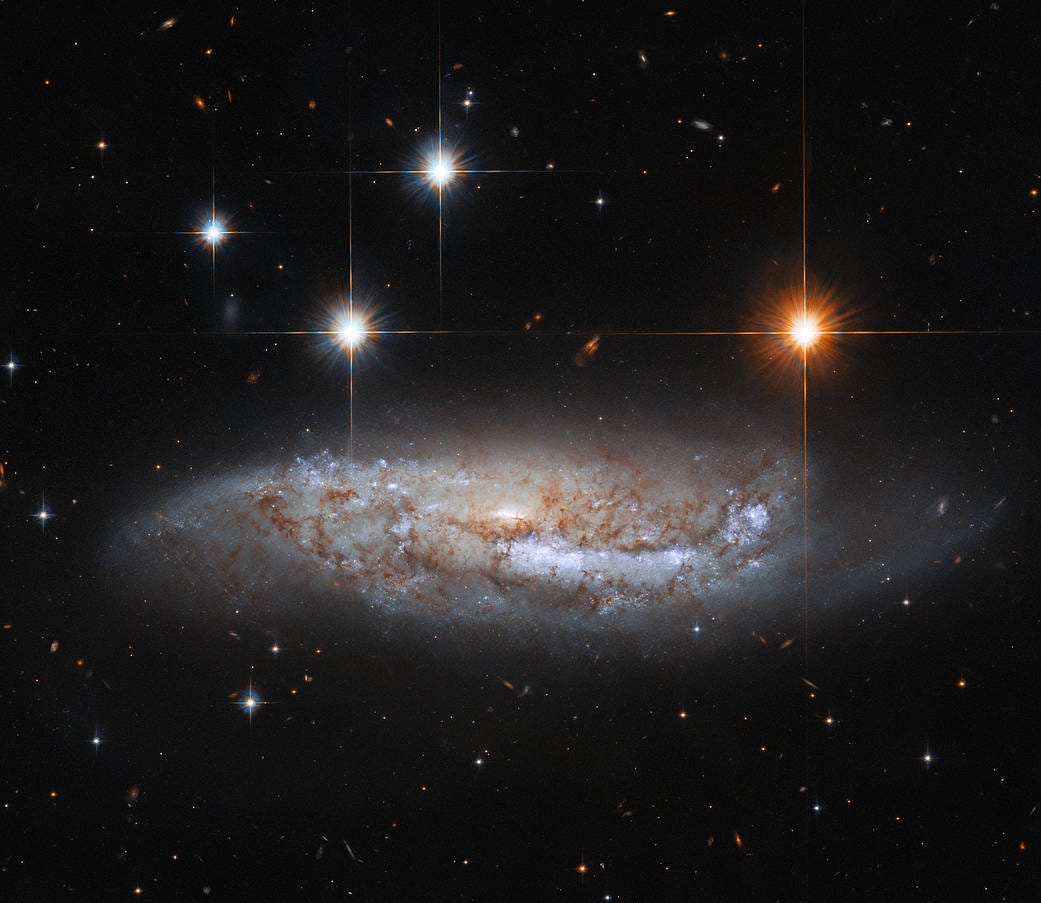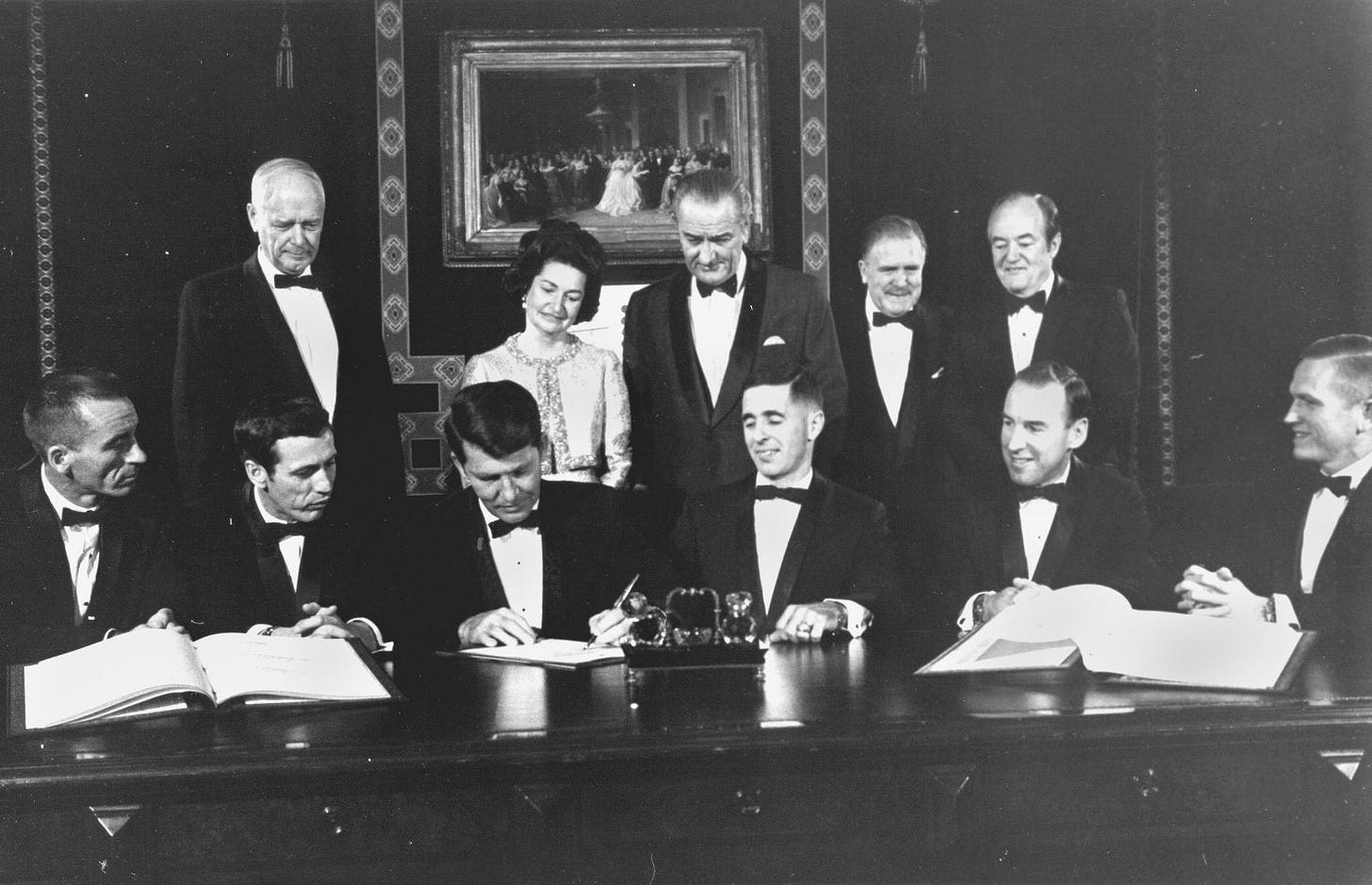Telescope Time Machine
James Webb set to launch with hopes of seeing our origins

Full Throttle looks at the Transportation Transformation we are experiencing. It's free and will be sent to your email twice a week. Follow me on your favorite social platform: Twitter, Instagram, Facebook, or LinkedIn for updates during the week.
How many times in your life have you asked, “Who are we? What are we? How did we get here?” That’s what the NASA administrator wonders too, as his agency prepares to launch the James Webb Space Telescope (JWST). It’s hoped that the spacecraft and its telescope, launching on Christmas, might help answer some of those questions. It’s the best gift many scientists could dream of.
NASA animation of the James Webb Space Telescope. (Credit: NASA)
COMPLICATED SPACECRAFT
The most expensive spacecraft ever launched at $10 billion, JWST is expected to be a time machine of sorts, peering back more than 13 billion years. Scientists hope JWST’s images will help them learn how early stars and planets were formed. JWST is carrying cameras and infrared sensors to look for light that is still traveling after the big bang. The hope is that JWST will be able to see the light from galaxies that were formed just 100-200 million years after the Big Bang.

An image from the Hubble Telescope (Credit: NASA)
We have been amazed by what the Hubble Telescope has seen. The JWST is its replacement and what an upgrade! Just think, a ten times increase in vision over the Webb Telescope. Its possibilities are profound. One scientist, Dr. Amber Straughn of NASA’s Goddard Space Flight Center, told reporters she looks forward to images that surprise scientists raising questions the scientists never thought to ask.
THOSE 344 SINGLE POINT FAILURE POSSIBILITIES
But there are concerns too. JWST is a large mirror and camera with a solar shield. So large that it has been folded like origami to fit into its rocket that is set to launch from French Guiana. Once in orbit, it will have to unfold. There are so many moving parts that have to work for the mission to have a chance of success. What keeps researchers awake at night are single-point failures. If one small part doesn’t work the entire effort could fail. There are dozens of mechanical motors that will move the 18 sections of mirror. Altogether the panels will be more than 21 feet wide.
Animation of the unfolding of the JWST. (Credit: NASA)
Still, the possibilities are exciting. NASA Administrator, Senator Bill Nelson, says JWST is a “shining example of what we can accomplish when we dream big.” The NASA Deputy Administrator called it a, “once in a generation event.”
The launch and deployment will be exciting. If it all works, when the first image returns, you should know about the man whose name is emblazoned on the spacecraft.
THE NAMESAKE
Who is James Webb?
Born and raised in North Carolina, James E. Webb was the second administrator of NASA. So, it’s not surprising that NASA would make a nod to one of its own, right? But Webb was much more than the second guy to take the job at this new agency. He was a Marine aviator before World War II, budget director for President Truman, an oil executive, and then (tried to turn it down) the NASA Administrator.
NASA Administrator James E. Webb is interviewed by Senator Kenneth Keating in 1963. Keating asks about the speed of the moon project calling it a "crash program." (Credit: Univ. of Rochester)
James Webb is the kind of bureaucrat you want, according to his biographers. Webb guided this country to the moon. Some wonder if we would have made it to Tranquility Base without him.

Webb on the right of President Johnson with the crews from Apollo 7 and 8. (Credit: NASA)
I have some film and audio for you that I think gives some insight into James Webb. Listen and you will hear a no-nonsense bureaucrat who had a sense of what was ahead for the United States of America. He knew the space race held consequences far beyond who was the first in space and who was first on the moon. National power, preeminence in technology and advanced systems was at stake.
Webb took the job three months before President John Kennedy said the US would land a man on the moon by the end of the decade. Two years later, as Kennedy was thinking about re-election, Webb had to convince the President to stay the course. Kennedy was worried about budget overruns, the Soviets, and fading public support to send a man to the moon. NASA had no splashy events scheduled for 1964. Webb laid out the reasons to stay the course.
Recording of President John F. Kennedy's meeting with NASA Administrator James Webb September 18, 1963. Kennedy asks if the budget for NASA is cut, how much will the program slip. (Credit: JFK Library-NASA photos/film)
Unsurprisingly, one of Webb’s biographers, Prof. W Henry Lambright, says he was “unusually competent and instinctively capable bureaucratic politician.”
An interview with Prof. W. Henry Lambright who wrote a biography of James E. Webb, Powering Apollo. (Film/Photo Credit: NASA and National Archives)
CONVINCING KENNEDY
Doubts about his declaration to go to the moon started earlier for Kennedy. In 1962, Kennedy (listening to a Webb deputy) wondered if NASA should go all-in for manned flight. The question; should the government move all the NASA budget for exploration and science into manned spaceflight to get a man on the moon. Webb, according to Lambright, put his job on the line and told Kennedy he could not run an agency that wasn't balanced between human space flight and science. Webb won the day and set the tone for the future of NASA, an agency that remains balanced between science and human spaceflight.
As his biographer says, Webb is a wise choice for the name of the science telescope about to launch. A telescope that might answer those big, human questions.


